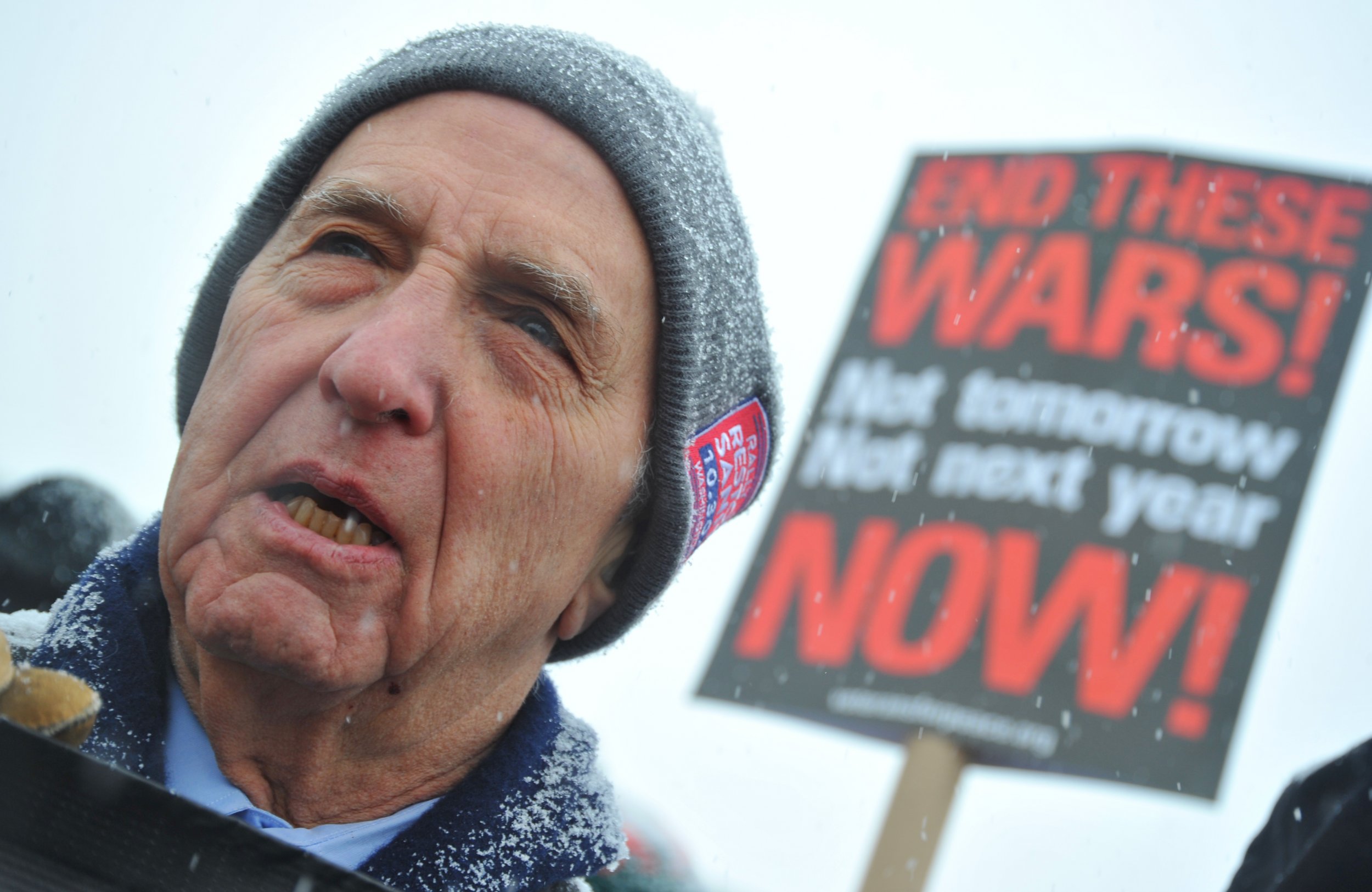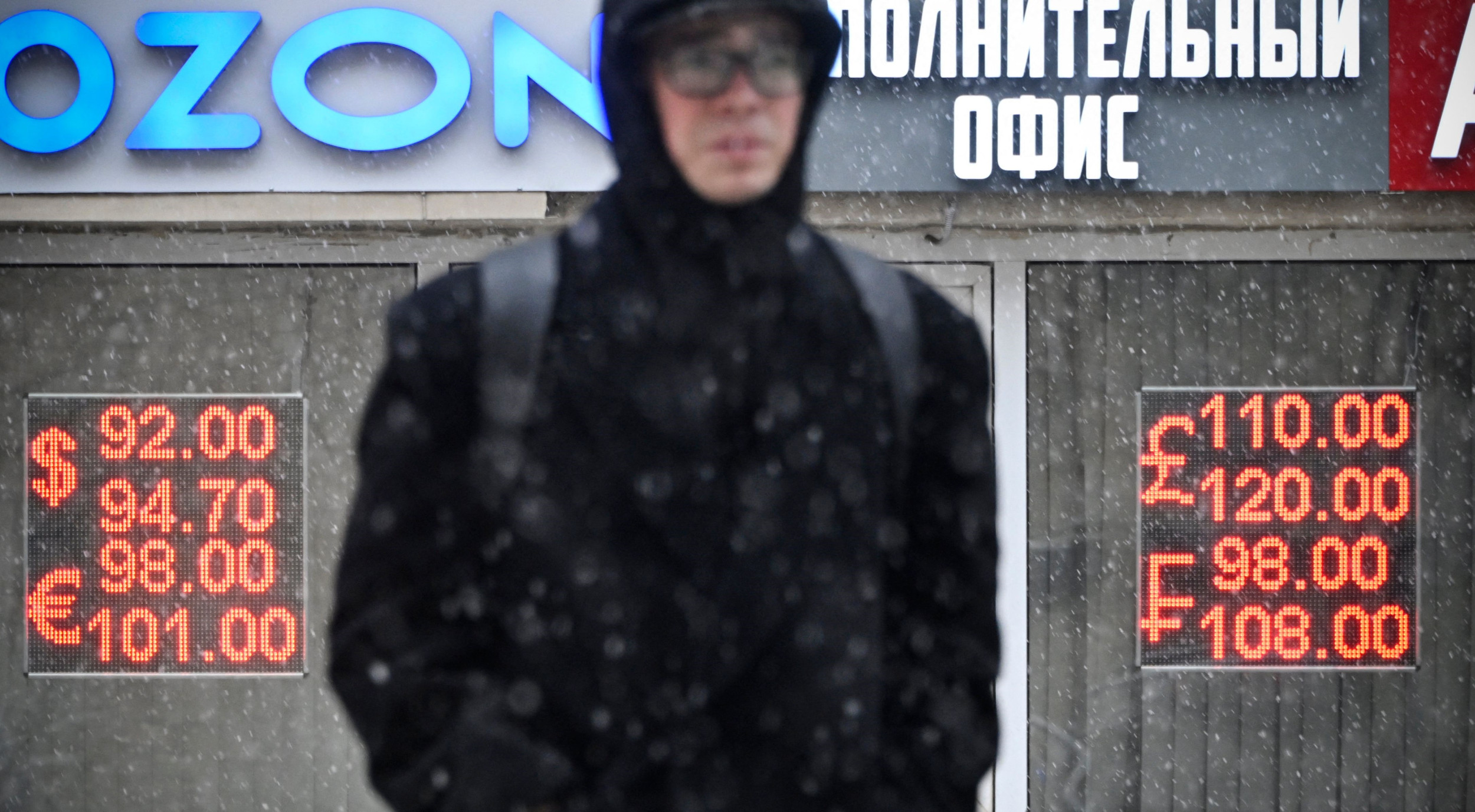
The Post, a new movie out last week from director Steven Spielberg starring Meryl Streep and Tom Hanks, tells the story of The Washington Post's battles, both internal and external, to publish the highly controversial Pentagon Papers. The movie was been widely acclaimed and hailed as timely during the current political climate. Yet some have panned the film for failing to tell the entire story about the papers and their original publication.
The New York Times even jabbed the movie and The Washington Post in its review of the film, with the review reading, "The Post, which had been publishing rewrites of The Times' articles, began running its own excerpts."
LOL at this shade from the Times' review of "The Post" (which I saw and enjoyed) https://t.co/skyRvwsh1j pic.twitter.com/hwkGrTAgz8
— Blake News (@blakehounshell) December 21, 2017
So what, really, are the Pentagon Papers, and how were they first introduced to the American people?
The Pentagon Papers, officially titled "Report of the Office of the Secretary of Defense Vietnam Task Force," were secretly commissioned by then–Defense Secretary Robert McNamara and ended up being a comprehensive history of American involvement in the region from the end of World War II through 1967, more than 10 years into the Vietnam War.
According to The New York Times, the documents revealed "the Johnson Administration had systematically lied, not only to the public but also to Congress, about a subject of transcendent national interest and significance." Among the bombshells within the report was that the U.S., led at the time by President John F. Kennedy, played an active role in the 1963 overthrow and assassination of President Ngo Dinh Diem of South Vietnam. Further, the papers revealed that the bombing campaign in North Vietnam was not deterring fighters, even though the government told the American people that it was, in fact, dissuading fighters from joining the effort.
Neil Sheehan, a Vietnam reporter for The New York Times, got wind of the highly classified report and began to pursue the lead, contacting Daniel Ellsberg, who had worked on it. Ellsberg, who opposed the Vietnam War, needed some persuading from Sheehan, who argued that the American people deserved to know the truth. After multiple meetings between the two, Ellsberg agreed to begin passing the documents to Sheehan.
Before going to print, The New York Times sought the counsel of its outside law firm, Lord Day & Lord, which strongly advised against publishing any part of the report and refused to represent the Times in any legal matters that might arise following publication.
Undeterred, the Times published its first story on June 13, 1971. In the ensuing media frenzy, the report came to be known as the Pentagon Papers. After the Times refused to cease publication, the Nixon administration obtained an injunction compelling the paper to immediately end publication of the papers. Just three articles had been published. The Times appealed the injunction, and the case quickly rose through the courts.
Here is where we meet up with The Post, and the role of The Washington Post in the public dissemination of the documents.
While the Times was tied up in a court battle, Post reporter Ben Bagdikian got copies of some documents from Ellsberg and presented them to Ben Bradlee, the paper's executive editor. On June 18, the Post began publishing its own articles based on the report. On the same day, after the paper refused to cease publication, the government sought an injunction, much like it had against the Times. Only this time, the request was denied, and the Post was allowed to continue publishing articles. The government appealed and on June 26, the Supreme Court agreed to hear the case in conjunction with the Times's appeal of its injunction. By then, more than 10 other papers had received the report and published their own articles.
On June 30, 1971, the Supreme Court ruled 6-3 in favor of the media, and declared that all news organizations could publish any excerpt of the report they deemed newsworthy, with each of the nine justices writing his own opinion.
As for Ellsberg and his accused co-conspirator Anthony Russo, charges against the pair were eventually dropped after it became known that agents had acted illegally in obtaining information on Ellsberg to shape their prosecution.
On June 13, 2011, the 40th anniversary of the first article in the Times, the Pentagon Papers were declassified and officially released in their entirety.
Uncommon Knowledge
Newsweek is committed to challenging conventional wisdom and finding connections in the search for common ground.
Newsweek is committed to challenging conventional wisdom and finding connections in the search for common ground.
About the writer
Sam Schwarz is a staff writer at Newsweek covering politics with a focus on the 2018 midterm elections. He previously worked at ... Read more
To read how Newsweek uses AI as a newsroom tool, Click here.








